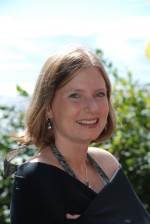 In this all-new interview, I am delighted to have the opportunity to welcome Canadian author Tanya Lloyd Kyi! Tanya’s latest, the contemporary middle grade novel, Me and Bansky, was recently been released; you may also recognize the author from the middle grade novel Mya’s Strategy to Save the World, various non-fiction titles, as well as young adult novels like Prince of Pot. Please enjoy this special interview with Tanya, where we talk everything from favourite protagonists, the need for non-fiction, social justice issues affecting young readers, and much more! A mighty thank you to Tanya Lloyd Kyi as well as Penguin Random House Canada for being so generous with their time and help putting this post together. Be sure to check out the author’s catalogue of terrific books if you get the chance. I hope you all enjoy!
In this all-new interview, I am delighted to have the opportunity to welcome Canadian author Tanya Lloyd Kyi! Tanya’s latest, the contemporary middle grade novel, Me and Bansky, was recently been released; you may also recognize the author from the middle grade novel Mya’s Strategy to Save the World, various non-fiction titles, as well as young adult novels like Prince of Pot. Please enjoy this special interview with Tanya, where we talk everything from favourite protagonists, the need for non-fiction, social justice issues affecting young readers, and much more! A mighty thank you to Tanya Lloyd Kyi as well as Penguin Random House Canada for being so generous with their time and help putting this post together. Be sure to check out the author’s catalogue of terrific books if you get the chance. I hope you all enjoy!
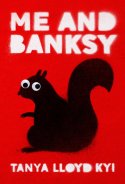 Your latest book, the fantastic- and fascinating- contemporary middle grade novel Me and Banksy was just released in January of this year- congratulations! For readers who might not be familiar with the book, could you give us a little bit of background and information about Me and Banksy?
Your latest book, the fantastic- and fascinating- contemporary middle grade novel Me and Banksy was just released in January of this year- congratulations! For readers who might not be familiar with the book, could you give us a little bit of background and information about Me and Banksy?
Thirteen-year-old Dominica and her friends attend a posh private school for gifted kids. Because of the principal’s security concerns, there are cameras in their classrooms. Dominica doesn’t see any problem with this, until someone hacks the system and starts posting embarrassing photos and videos online. A shot of Dominica doing something innocuous — flipping her shirt right-side-out in a quiet corner of the library — looks like a strip tease when it’s edited and posted. Inspired by the street artist Banksy, Dominica begins an art-based protest. And as the privacy concerns at her school multiply, her rebellion grows in scope and size.
The main protagonists from your recent middle grade novels are the kind of young characters that readers can look to for motivation and inspiration. Who were your favourite heroes or protagonists of fiction when you were growing up? What kind of characters did you gravitate towards most when you were growing up?
 I loved characters like Emily of New Moon and Jo March — girls who were dedicated to their dreams despite pressure to conform. My daughter once called me “a very quiet rebel,” and I took that as a compliment. Although the characters I write tend to be a little less quiet about their opinions.
I loved characters like Emily of New Moon and Jo March — girls who were dedicated to their dreams despite pressure to conform. My daughter once called me “a very quiet rebel,” and I took that as a compliment. Although the characters I write tend to be a little less quiet about their opinions.
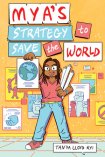 In both Mya’s Strategy to Save the World and Me and Bansky, I was immediately taken in with the lead protagonists’ voices: they come across as so genuine, bright, and slightly, perfectly zany. The kinds of characters I adore now- and would have absolutely loved growing up. How do you go about best capturing authenticity in younger characters, and do you find writing teen voices or tween/children’s voices more difficult to get ‘right’?
In both Mya’s Strategy to Save the World and Me and Bansky, I was immediately taken in with the lead protagonists’ voices: they come across as so genuine, bright, and slightly, perfectly zany. The kinds of characters I adore now- and would have absolutely loved growing up. How do you go about best capturing authenticity in younger characters, and do you find writing teen voices or tween/children’s voices more difficult to get ‘right’?
When I was writing Mya’s Strategy to Save the World, my tween daughter had recently discovered activism. She was writing letters to save the whales and running her own environmental club at school. Some of my favourite moments in the book — the water-bottle throw, and the club meeting that goes awry — came directly from her experiences. As I wrote, Mya grew into her own person, and became more of a know-it-all than my daughter. But let’s just say there are some shared personality traits…
I’m not as sure about the origins of my Me and Banksy cast. One of my favourite characters is Holden, who is exasperating on the surface but very sweet underneath. I may have accidentally created my ideal high school boyfriend. (Who unfortunately never existed in real life!)
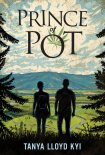 Your most recent fiction titles, Prince of Pot, Mya’s Strategy to Save the World, and Me and Banksy are contemporary titles that all have a real-world, noteworthy element to them (illegal grow ops, social justice, refugee crisis, abuse of surveillance technology). Do you feel it is now more critical than ever to present young characters actively involved in relevant, world issues in your fiction? And have you had experiences in publishing where you were ever asked to hold back and/or minimize those components in your books?
Your most recent fiction titles, Prince of Pot, Mya’s Strategy to Save the World, and Me and Banksy are contemporary titles that all have a real-world, noteworthy element to them (illegal grow ops, social justice, refugee crisis, abuse of surveillance technology). Do you feel it is now more critical than ever to present young characters actively involved in relevant, world issues in your fiction? And have you had experiences in publishing where you were ever asked to hold back and/or minimize those components in your books?
My daughter once told me that her generation was the first to live without hope. It broke my heart. But sometimes, the best antidote for despair is to take action. Our young people have been the world’s most successful activists for change, and I think it’s important that we give them empowered role models, in real life and in fiction.
Canadian publishers are at the forefront when it comes to addressing big topics and asking young readers to think for themselves. When I look at books such as Robin Stevenson’s My Body My Choice (Orca), or Cherie Dimaline’s The Marrow Thieves (Cormorant), I’m so proud of our industry.
My own editors have been endlessly supportive. The social justice themes in Mya’s Strategy to Save the World really came to life under the guidance of Lynne Missen, my editor at Penguin Random House. (Thank you, Lynne!)
In a recent interview with the Canadian Children’s Book Centre, you talked about inspirations and motivations for your middle grade titles. For Mya’s Strategy to Save the World, you referenced your daughter’s letter to a politician; for Me and Bansky, you referenced being inspired by your research for your non-fiction title Eyes and Spies. For your forthcoming book with This is Your Brain on Stereotypes: How Science is Tackling Unconscious Bias (Kids Can Press), did your inspiration for the subject matter come from a specific life event, and do you think you might be keen to explore the subject area further in a new book?
My husband was born in Burma. A few years ago, he was giving the keynote lecture at a conference in a Canadian city. He stopped by the conference room the day before to check the set-up. A woman bustled in from the neighbouring room and said, “Thank goodness you’re here. We’ve been waiting forever to get the heat turned up.”
She assumed he was the maintenance guy.
She was of course very embarrassed when she discovered her mistake, and my husband laughed off the incident, but this sort of thing happens to him ALL THE TIME!
Situations like this one, plus the sort of micro-agressions that happen to us as girls and women, also ALL THE TIME, had me mulling over the ways our brains work, and how we might get them to work a bit better. Or a lot better, preferably!
Would I tackle this topic in other books? I don’t think the racism issue is necessarily mine to address in fiction, but I am working on a middle-grade novel about censorship, and about a girl who has to learn to raise her voice in her own defence. There are definitely some connections to stereotypes and sexism… which I didn’t think about until this exact moment.
It seems as though there has been a boom, if not at least more deserved recognition, being carved out children’s non-fiction. Have you found the Canadian publishing space more open towards publishing a broader variety of current/critical children’s non-fiction in the last decade or so? And how do you go about selecting your topic(s) for your non-fiction projects?
I love non-fiction! I think you’re right that people are paying more attention to information books — and thank goodness, because we need to raise a new generation of critical thinkers, and information books are one of the best ways to teach kids to question everything.
I find my non-fiction ideas in all sorts of places, from news stories to podcasts to coffee shop conversations. (It’s possible that I eavesdrop.) Writing information books means that I get to be endlessly curious. It’s the best part of my job.
For your younger readers who have a desire to stay on top of current events/political news/social justice issues, do you have any recommendations for sources or individuals/associations to follow on social media? Or reliable non-fiction book resources or authors you could recommend?
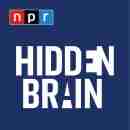 We could start a whole new blog about this topic alone. Some of my favourite writers to follow and read are Robin Stevenson, Monique Polak, Monique Grey Smith, and Mary Beth Leatherdale. I love podcasts, too! My personal favourite is NPR’s Hidden Brain.
We could start a whole new blog about this topic alone. Some of my favourite writers to follow and read are Robin Stevenson, Monique Polak, Monique Grey Smith, and Mary Beth Leatherdale. I love podcasts, too! My personal favourite is NPR’s Hidden Brain.
 Let’s talk book covers, and specifically the cover of Me and Banksy which is pretty fabulous and eye-catching! The jacket art and design was done by John Martz, a wonderful illustrator and cartoonist. With your background in graphic design and Me and Banksy’s subject matter, can you tell us how your book cover came together, and what kind of input you had in the look of the book’s cover?
Let’s talk book covers, and specifically the cover of Me and Banksy which is pretty fabulous and eye-catching! The jacket art and design was done by John Martz, a wonderful illustrator and cartoonist. With your background in graphic design and Me and Banksy’s subject matter, can you tell us how your book cover came together, and what kind of input you had in the look of the book’s cover?
Ha! My contribution to the Me and Banksy cover was entirely this: “A squirrel? Are you sure?” I’m so glad I was outvoted!
For the fall of 2020, readers can look forward to a new non-fiction release; I have also read that you’re working on a picture book manuscript! Can you tell readers a bit more about the picture book project? And are there any other projects in the works that you are able to speak to?
So many projects in the works! You’re right that I’ve been trying my hand at picture books, though it seems even my tiny stories have a slightly non-fiction slant to them. Working in a new format, and learning the rules of writing for very young children, has been both fun and challenging.
The other new project I’m excited about is a proposal I’ve sent away to my agent. It’s for a non-fiction book co-written by my daughter and me. Fingers crossed!
What were some of your standout reads of 2019? What books are on your must-read list for 2020?
On the list of information books I wish I’d written: The Superpower Field Guide series by Rachel Poliquin [ed. note: and illustrated by Nicholas John Frith]. They’re so much fun. I’m in the middle of reading The Fountains of Silence by Ruta Sepetys, and loving it, and I have Maybe He Just Likes You, by Barbara Dee, waiting for me at the library. So many books, so little time!
Thank you for having me, Michelle, and for all of these thought-provoking questions!
Thank you so much, this has been a tremendous pleasure!
Keep up with Tanya Lloyd Kyi online:
Website: www.tanyalloydkyi.com
Twitter: @tanyakyi
I reviewed Me and Banksy for Quill & Quire prior to the arrangement of this interview. All opinions and comments regarding the review are my own and were in no way impacted by the interview. Thank you to author Tanya Lloyd Kyi for her generosity and time, and Penguin Random House Canada.
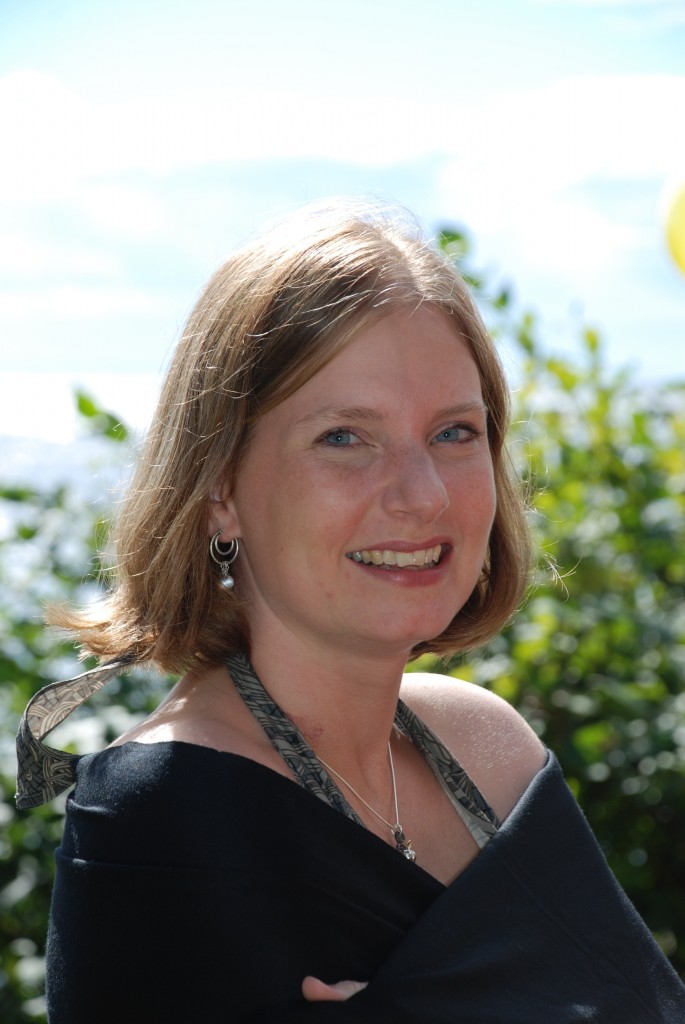
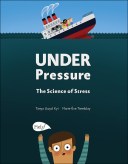
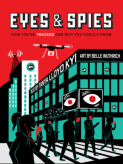
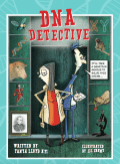
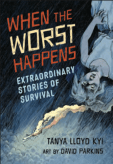
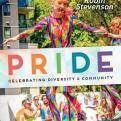
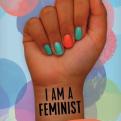
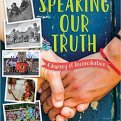
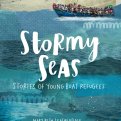
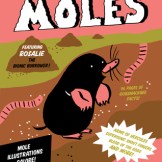
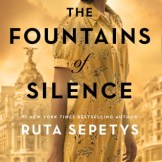
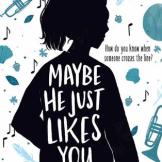
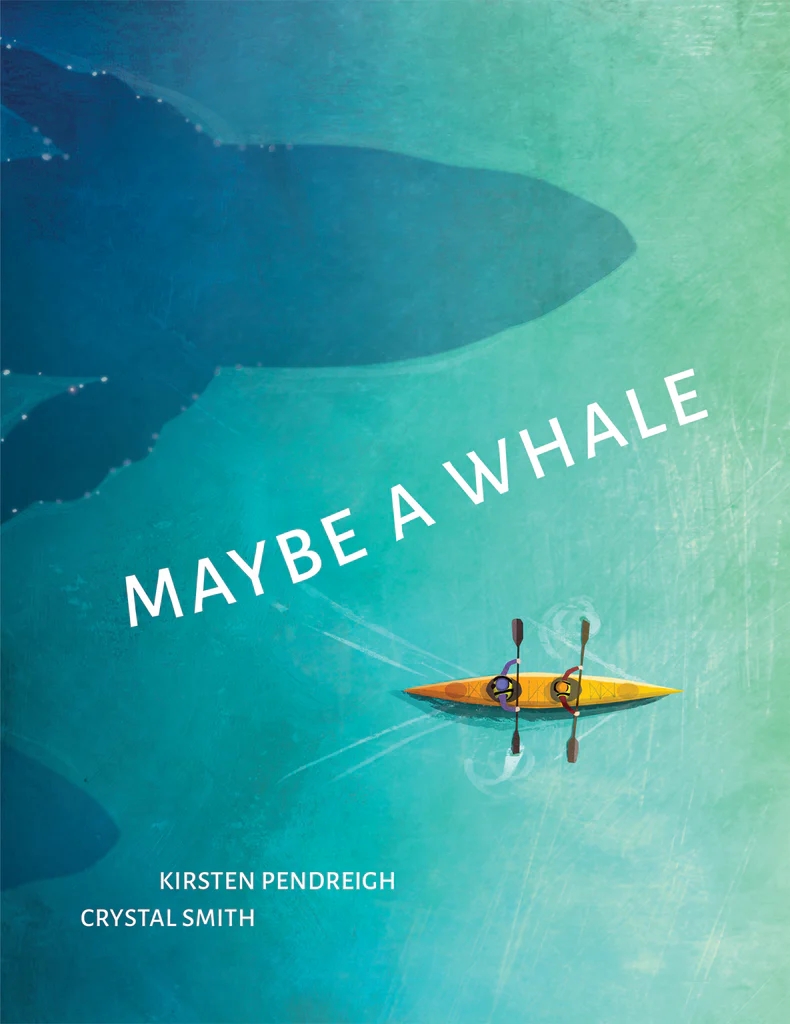
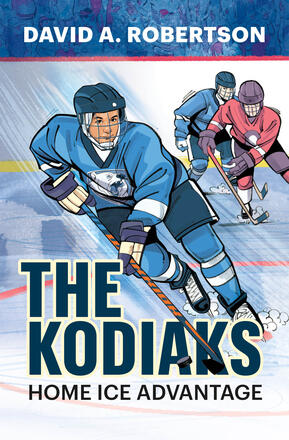
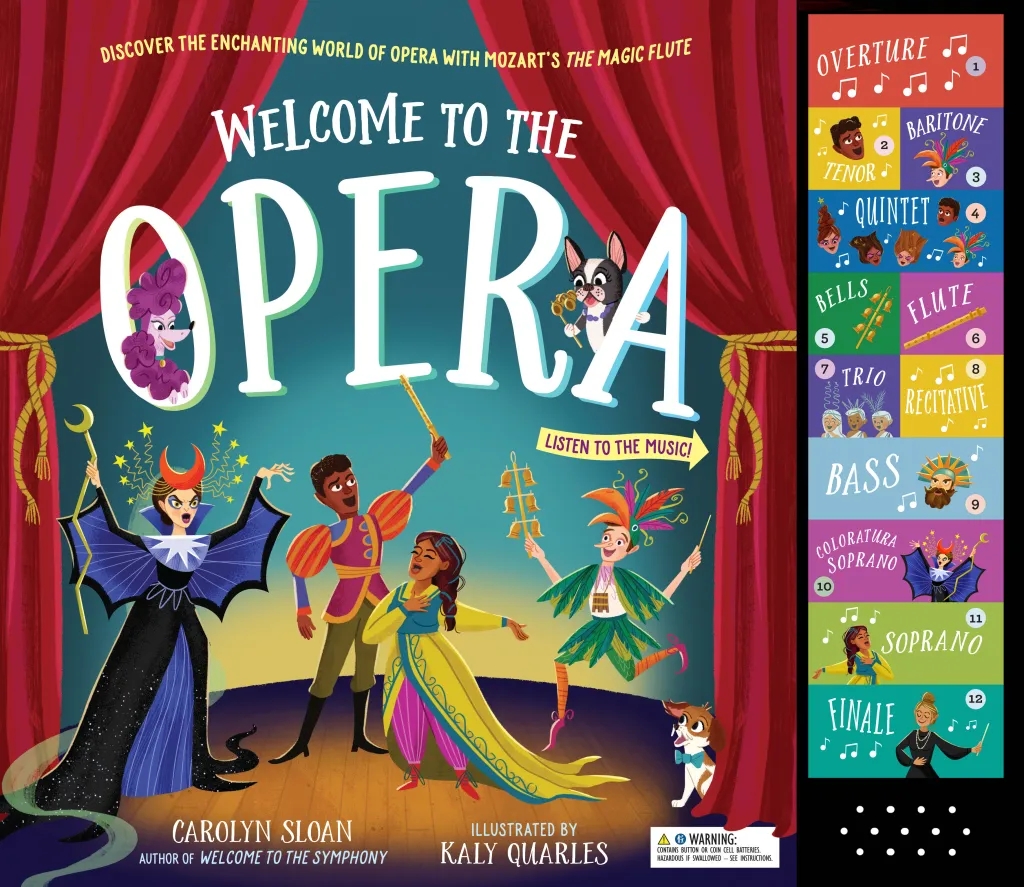
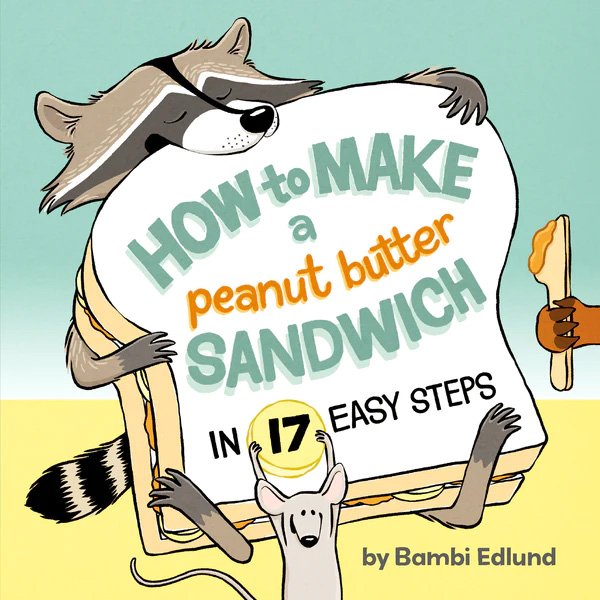
Leave a comment